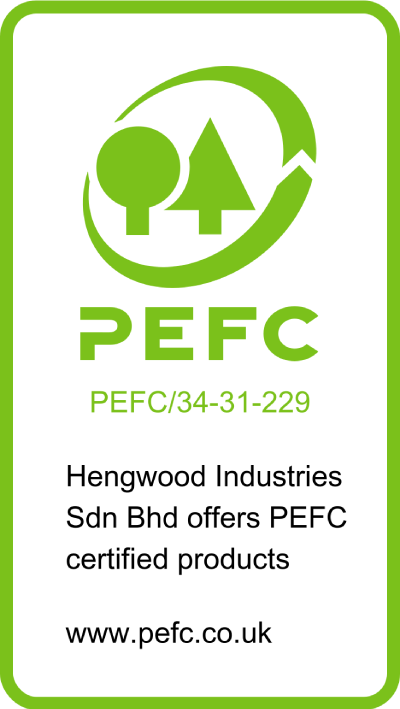Frequently Asked Questions If you have any questions that we haven’t been able to answer, we would love to hear from you! Please send us a message here.
We offer a wide range of solid wood flooring including Burmese Teak, African Teak, Merbau, Burmese Walnut, Tropical Walnut, Belian, Chengal, Golden Wood, Nyatoh, Pine, Karai Batu and many others.
We recommmend regularly sweeping and vacuuming the floors to remove any dirt and debris and using a damp mop with mild cleaning solution to maintain the finish.
We offer comprehensive warranty that covers our flooring porducts for defects in materials and workmanship for 12 months.
Solid wood flooring is made from a single piece of wood, while engineered wood flooring is made from multiple layers of wood topped with a thin layer of hardwood. Solid wood flooring can be sanded and refinished more times than engineered wood flooring.
Solid wood flooring is made from a single piece of hardwood. Laminated flooring, on the other hand, is made of several layers of materials including a high-density fiberboard (HDF) core, a photographic layer that simulates the appearance of wood, and a clear protective layer on top.Solid wood flooring offers a natural and authentic look with unique grain patterns and color variations. Laminated flooring can also mimic the appearance of wood, but the pattern is printed on the surface and can repeat itself across several planks, making it look less authentic.
Solid wood flooring is made from a single piece of hardwood, while SPC (stone polymer composite) flooring is a type of rigid vinyl plank that contains limestone.
Solid wood flooring can last for decades or even centuries with proper care and maintenance.
While solid wood flooring can be used in these areas, it is important to take proper precautions to prevent water damage, such as using a moisture barrier and sealing the wood with a waterproof finish.
Solid wood flooring is a natural, non-toxic material that does not emit harmful VOCs (volatile organic compounds) like some synthetic flooring materials.
Our team of professional installers will work with you to determine the best installation method for your project, and will ensure that the flooring is installed correctly and efficiently.
While no wood species is completely immune to termites, there are some that are more resistant to termite damage than others. Some wood species that are known for their natural resistance to termites , for example:
1. Teak
2. Merbau
3. Chengal
4. Belian
5. Kulim
However, it is important to note that proper maintainance and protection is advisable to ensure the longevity and performance.
In general, tropical hardwood species are more suitable for Malaysia's weather conditions because they are better adapted to the hot and humid climate.
Tropical hardwood are known for their durability, strength, and resistance to decay, insect damage, and weathering. However, it's important to note that proper maintenance and treatment are still necessary to ensure the longevity and performance of the wood.
Wood is a hygroscopic material, which means it can absorb and release moisture from the surrounding environment. It can cause the timber to swell or shrink.
To prevent moisture-related issues, it's important to ensure that the moisture content of the wood is appropriate for the environment where it will be installed. This can be achieved by acclimating the wood to the installation site and controlling the indoor humidity level.
Minimum acclimatize period recommended is 3 weeks.
Yes, small gaps or minor warping can occur during the acclimation phase. As the wood adjusts, it may shrink or expand, but once the acclimation period is over, the wood should settle. After acclimation, the wood will be resanded and varnished to smooth out any irregularities and ensure a perfect finish. This final sanding and finishing help seal the wood, making it less susceptible to moisture changes and preventing further movement.
Interested to take a closer look at our products?
Then come and take a look at our showroom. Feel free to contact us to make an appointment. As our product range is very extensive, we unfortunately cannot present all our products in the showroom. Inform our customer service of the products that you would like to view and we will prepare these for you.
Make an appointment now.Hengwood
Contact Us
Our Showroom
Hengwood Sdn Bhd
No. 8, Jalan TIAJ 2/1, Taman Industri Alam Jaya,
42300 Bandar Puncak Alam, Selangor Darul Ehsan, Malaysia.
| Tel | +603-6038 3987 |
| Fax | +603-6038 2107 |
| contact@hengwood.com |
Business Operation Hours
Monday - Saturday
8:00 AM - 5:00 PM
Lunch Break
1:00 PM - 2:00 PM
Lunch Break (Friday)
1:00 PM - 2:30 PM
Sunday / Public Holiday
Off




